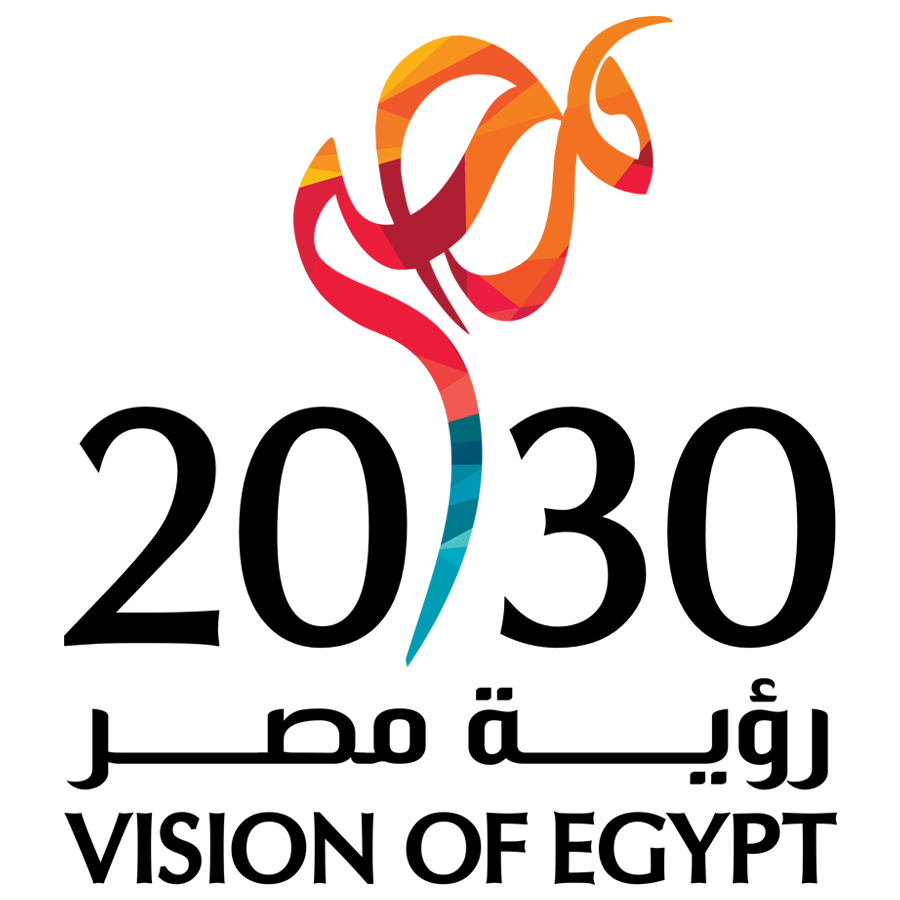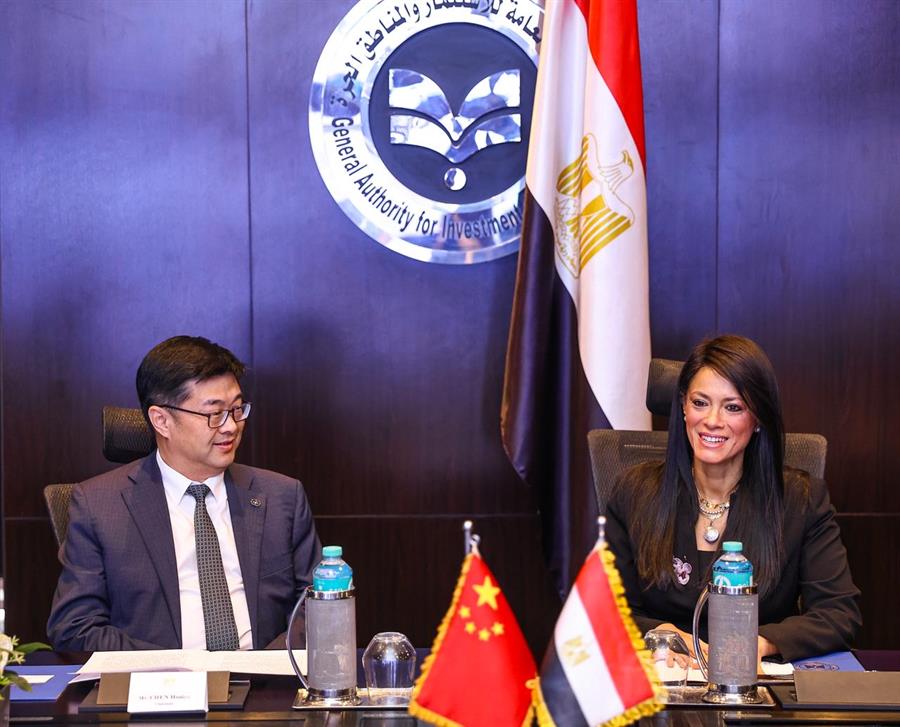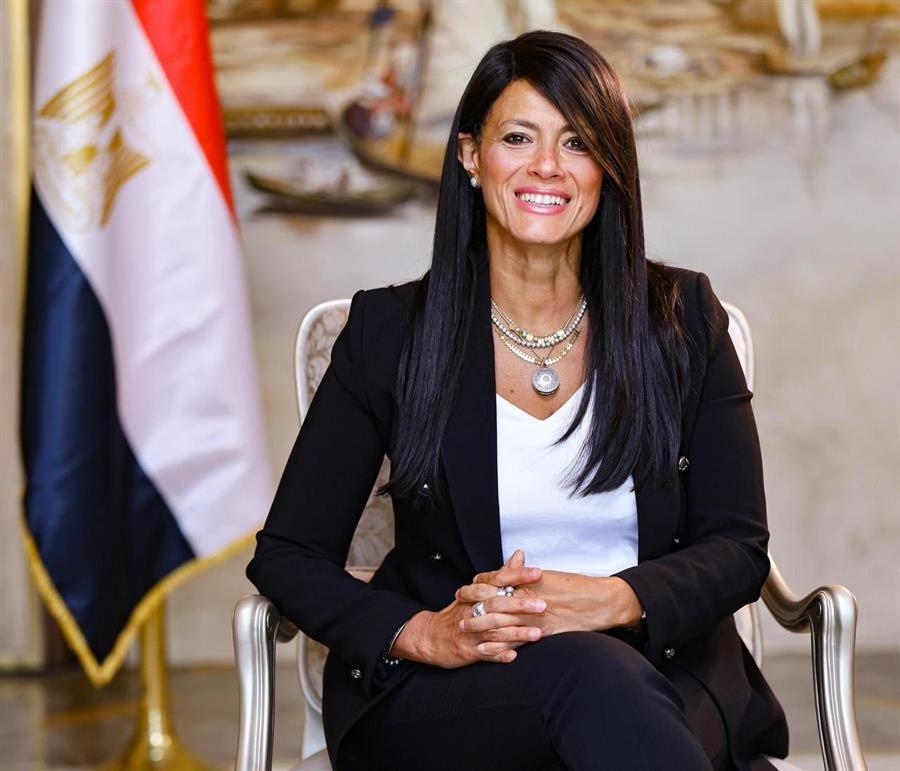The National Initiative for Smart Green Projects runs a workshop in Ash Sharqia Governorate

19 June 2023
The National Initiative for Smart Green Projects held a training workshop in collaboration with Ash Sharqia Governorate. This was done in the presence of representatives of the Damietta and Dakahlia governorates.
The aforementioned workshop aims to raise awareness of the mechanisms and criteria for evaluating the projects participating in the initiative’s second round.
The workshop witnessed representatives of Damietta, Daqahliya, and Ash Sharqia governorates.
Moreover, the workshop witnessed the presence of state representatives, top of them, the representative of the Ministry of Communications and Information Technology Ahmed El-Borai, the Representative of the Ministry of Environment Dr. Magdy El-Hossary, the Representative of the National Council for Women Dr. Abdul Rahman El-Tahawy, and Member of the International Cooperation Bureau at the Ministry of Planning and Economic Development and Coordinator of the Initiative Nadine Waly.
During the workshop, Member of the International Cooperation Bureau at the Ministry of Planning and Economic Development and Coordinator of the Initiative Nadine Waly presented a general view of the initiative, its standards, and evaluation standards during the second round of NIGSP. Then, she indicated that there are six different project categories incorporated into the initiative. These categories include conditions, mechanisms for participation, and specializations of the targeted projects.
Meanwhile, the Ministry of Communications and Information Technology representative, Ahmed El-Borai described the evaluation standards presented in a green component, and a smart component, economic viability and bankability, scalability and repeatability, and sustainability impact.
He added that there is a special standard for women's projects, which is empowerment and equal opportunities. Then, he gave examples of smart projects that incorporate artificial intelligence.
Additionally, the representative of the Ministry of Environment Dr. Magdy El-Hossary defined green projects, their goals, economic and social dimensions, and evaluation standards including efficient use of natural resources, the use of green energy, efficient use of energy, the rate of green inputs, and measures to ensure biodiversity through the production process.
Furthermore, the Representative of the National Council for Women, Dr. Abdul Rahman El-Tahawy gave a presentation on the winners of the women's category in the first round of the initiative, the objective of the women's category, its target group, the standards of evaluation of these projects, including the representation of women in the project and their leadership roles, the project's consideration of the needs and interests of women in society, as well as the impact of the project on women's lives, opportunities, and access to education and health care.
Finally, the floor was left for discussion as winners from the first round of the initiative shared their experiences with the attendees and addressed all inquiries.









